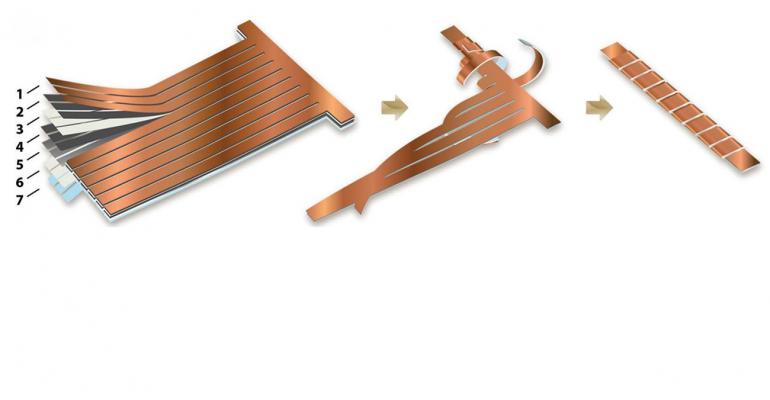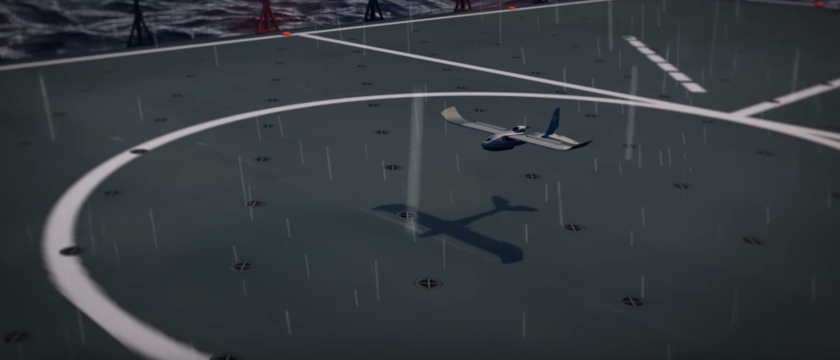The Vertebrate Battery “Prof. Yuan Yang of the engineering school at Columbia University (New York) modeled, designed, built, and fully evaluated a configuration that emulates the spine of vertebrates, while providing 85% of the energy density of a prismatic Li-ion cell with equivalent volume.” According to Power Electronics.com. Professor Yang’s 14-member team, working in the impressively-named Center for Precision Assembly of Superstratic and Superatomic Solids, and inspired by the flexibility of the human spine and its ability to repeatedly endure bending and twisting, designed a battery that emulates the characteristics of what is in essence a structural battery. We know from experience that our backbones can perform some pretty extraordinary twists and turns – witness the supple routines of gymnasts and Cirque de Soleil performers. Our spines are not rigid assemblies, but a complex construction of solid parts (vertebrae), flexible bits between the vertebrae (disks), and a network of wiring (nerves), which transmit signals from our organs and extremities to …
Twisting, Turning and Nailing the Landing
We like to think that our mastery of aerobatics is second to none, but aircraft only achieve a small part of the birds’ ability to hover, swoop, and perch on a target at zero forward airspeed. Researchers in Switzerland and England, though, are making progress toward deeper emulation of nature’s masters of flight. Our Fine Feathered Drone Dano Floreano and his team of researchers at Switzerland’s École Polytechnique Fédérale De Lausanne’s (EPFL) Laboratory of Intelligent Systems, obviously spent lots of time observing birds in flight, noting that our avian friends alter their wing configuration to “change direction, increase their speed or counter headwinds.” Changing wing shape helps birds make near-instantaneous maneuvers. Floreano, attempting to mimic the birds’ movements, helped develop a series of wing-tip elements that emulate the primary flight feathers on birds. Matteo di Luca, one of the researchers, explained, “We were inspired by birds: they can radically transform the size and shape of their wings because they have …
EAS IX: Tyler MacCready on Swarm Science
One of your editor’s favorite books is An Exaltation of Larks, James Lipton’s compilation of venereal terms (not what you think) for plurals of animals. Squires who aspired to become knights had to learn over 100 such terms, according to Sir Walter Scott. Terms of venery (references to animal flesh) include a school of fish, a litter of puppies, and a nest of vipers (going back to at least the King James version of St. Paul’s words). One lesser known term, a murmuration of starlings, relates to Tyler MacCready’s talk on how control of the Future Crowded Skies at EAS IX might mimic the flocks of birds we see swarming and precipitously changing directions in swooping formations. Obviously, the numbers of Sky Taxis envisioned by Dr. Brien Seeley will not come close to equaling the flocks of starlings over Rome or any other major city, but we’ve also seen that air traffic control is becoming saturated with increased traffic and …


